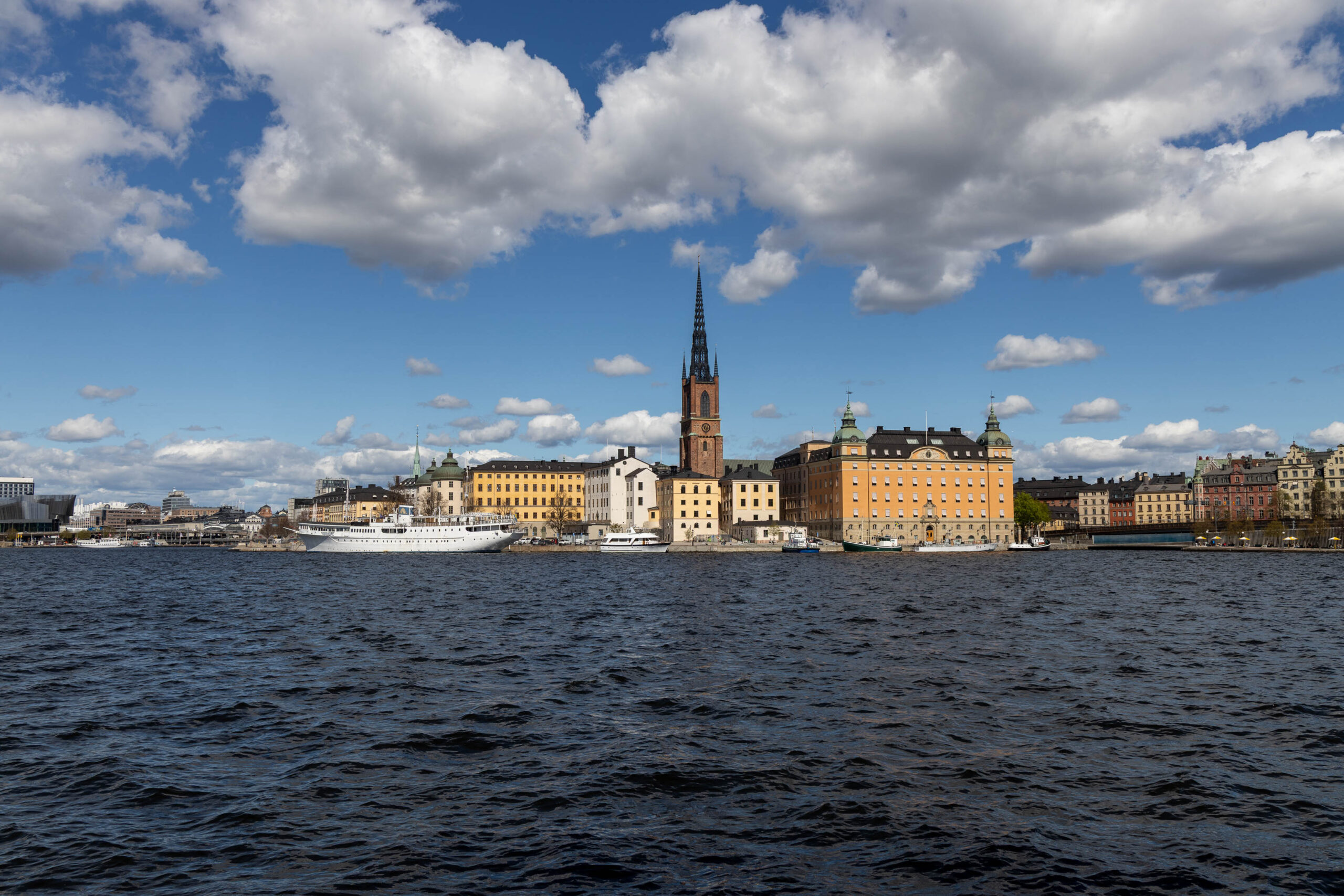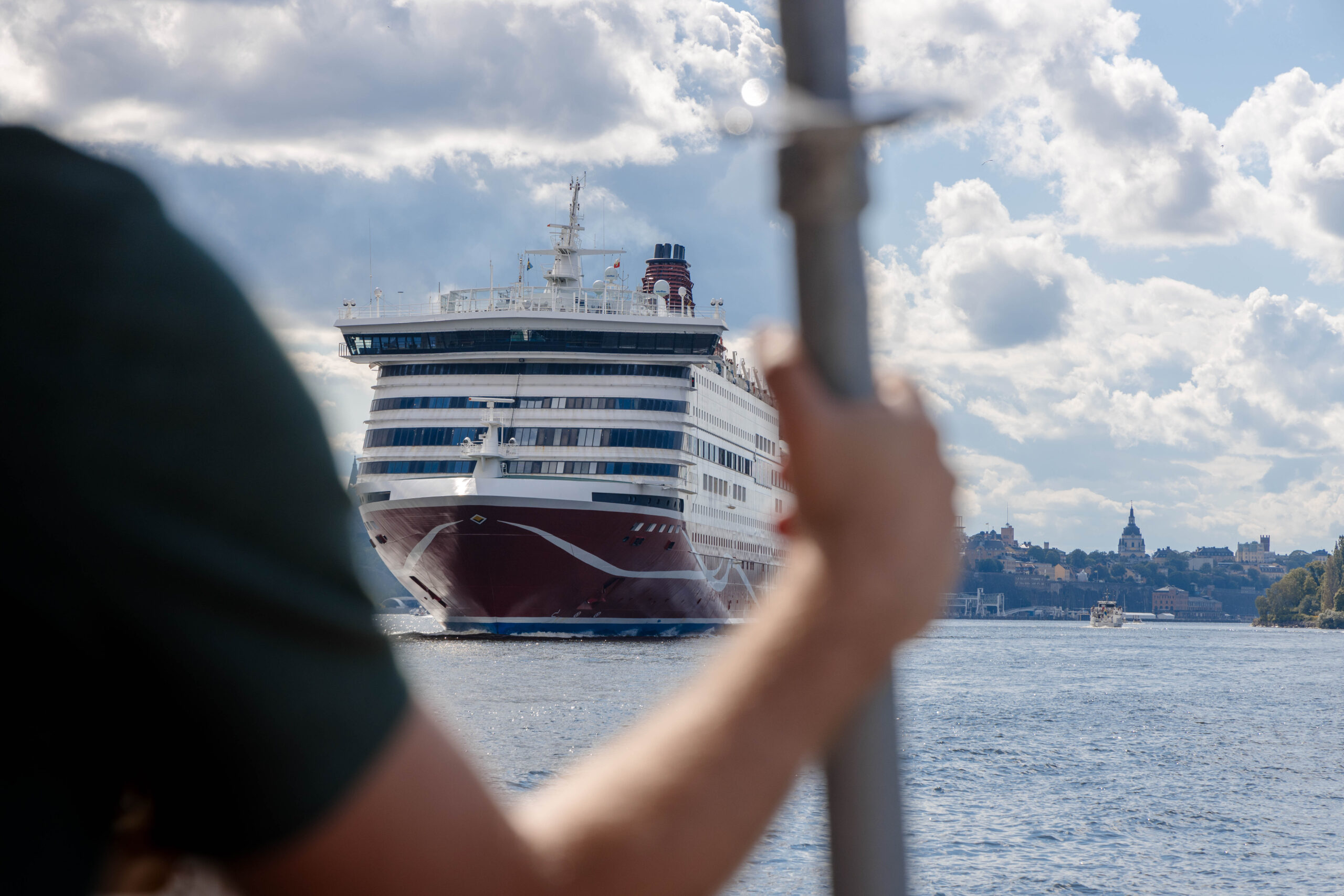Stockholm, the capital of Sweden, is a city spread across 14 islands connected by dozens of bridges . It offers a mix of medieval charm and modern Scandinavian design, all surrounded by beautiful water and parks. Stockholm is also known for its innovation and high quality of life – nearly everyone speaks English, and the city runs efficiently.
In this guide, we’ll walk you through everything you need to know for a visit: when to go, how to get around, which neighborhoods to explore, and local tips to make the most of your trip.
When to visit Stockholm
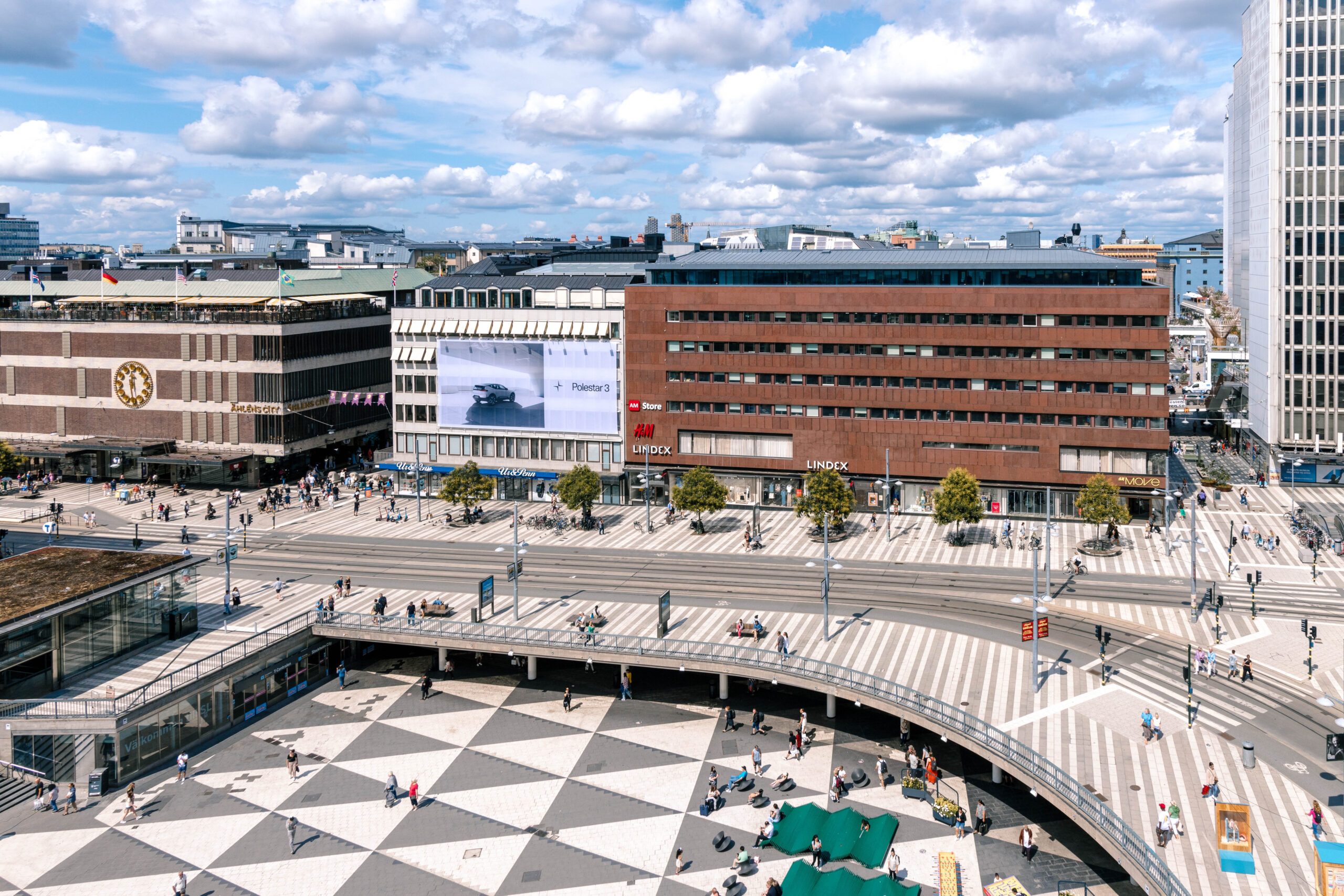
- Summer (June–August): This is Stockholm’s peak season. The weather is warm, often around 20–25°C (68-77°F), and daylight lasts late into the night. Summer brings outdoor festivals, open-air concerts, and locals enjoying the sun. Midsummer in late June is the biggest Swedish celebration, with flower crowns and dancing – many locals leave the city to celebrate in the countryside. July is busy with tourists (and some businesses may reduce hours as residents vacation), while August is lively with events and long, mild days. Late August is also the start of the magical season in Stockholm Archipelago, which marks the start of the transition from summer to autumn. The weather is mild, it’s less crowded and is one of the best times to experience the archipelago.
- Autumn (September–November): Early fall is crisp and colorful. Trees in city parks turn red and gold, making for scenic walks. September still has decent daylight and milder weather, plus events like the Stockholm Jazz Festival and Film Festival. By November, days get quite short and cool. It’s a quieter time before the holiday rush, with cozy cafés and autumn foliage around the old town. Pack a jacket, as evenings get chilly.
- Winter (December–February): Winters in Stockholm are cold but magical. Snowy days can make the city look like a Christmas postcard, with markets and twinkling lights. Temperatures often drop below freezing (although rare, at its most extreme down to -20°C) and in mid-winter the sun sets by 3 PM . Stockholmers embrace the season by ice skating on frozen lakes and drinking glögg (warm spiced wine). If you visit in December, you’ll experience festive decorations and St. Lucia candlelight concerts. Just pack a heavy coat, hat, and gloves – you’ll need them!
- Spring (March–May): Spring is a refreshing time as the city thaws out and days grow longer. Early spring can still feel chilly (and occasionally it might snow), but by April and May flowers start blooming. In Kungsträdgården park, a canopy of pink cherry blossoms usually blooms in mid-April, drawing crowds for the perfect photo. Cafés begin opening their outdoor terraces (with heaters and blankets handy). Spring weather can be unpredictable – you might get a cool rain one day and sunshine the next – so dress in layers.
Arriving in Stockholm

Stockholm is easy to reach by air, train, or ferry. Most international visitors fly into Arlanda Airport (ARN), about 42 km (26 miles) north of the city. The Arlanda Express train can zip you to downtown in 20 minutes, or you can take airport buses and commuter trains that cost less (around 40 minutes travel time). Two smaller airports, Bromma (within the city) and Skavsta (~100 km/62 miles south, used by budget airlines), also serve Stockholm – keep in mind if you land in Skavsta, you’ll need additional travel time by bus or train to reach the city. Stockholm’s central train station connects to other Swedish cities and even international routes (for example, a fast train from Copenhagen), so coming by rail is another convenient option.
Getting around Stockholm
Once you’re in Stockholm, getting around is simple:
- Public transport: Stockholm has an excellent public transit system of metros, buses, trams, and ferries. The metro (Tunnelbana) is fast and each station is uniquely decorated with art – often called the world’s longest art gallery. Buses and trams fill in the gaps, and ferries connect key waterfront spots (for example, the ferry to Djurgården island is part of the transit network). Buy an SL travel card or use a contactless credit/debit card to pay – you can even just tap your card to ride, as contactless payment is widely accepted on transit. Public transportation is safe, clean, and usually on time, making it easy to explore the whole city.
- Walking: The city center is very walkable. Streets are pedestrian-friendly, and you’re never far from a scenic view of the water or a historic building. Many top attractions, like the Old Town and main shopping streets, are within walking distance of each other. Pack comfortable shoes because exploring on foot is one of the best ways to discover Stockholm’s charm. (Bonus: you’ll stumble upon lots of photo-worthy spots that you might miss if you’re underground in the metro.)
- Cycling: Biking is popular in Stockholm, especially in warmer months. There are plenty of bike lanes and paths throughout the city. You can rent a bike or use city bike-share services to get around like a local. Be mindful of bike traffic rules and watch for pedestrians. Cycling is a fun way to cover more ground – for example, you might bike along the waterfront or over the bridges connecting the islands. (In winter, only confident cyclists should brave the snow and ice on two wheels!)
- Taxis & ride-shares: Taxis are available but tend to be expensive. Official taxis have meters and accept credit cards; always make sure the meter is running or a price is agreed on before you start your ride. Uber and other ride-share apps operate in Stockholm as well, and sometimes they can be a bit cheaper than traditional cabs. However, with such good public transportation, you may only need a taxi if you have heavy luggage or if you’re out late at night when other transport is infrequent.
Stockholm’s districts
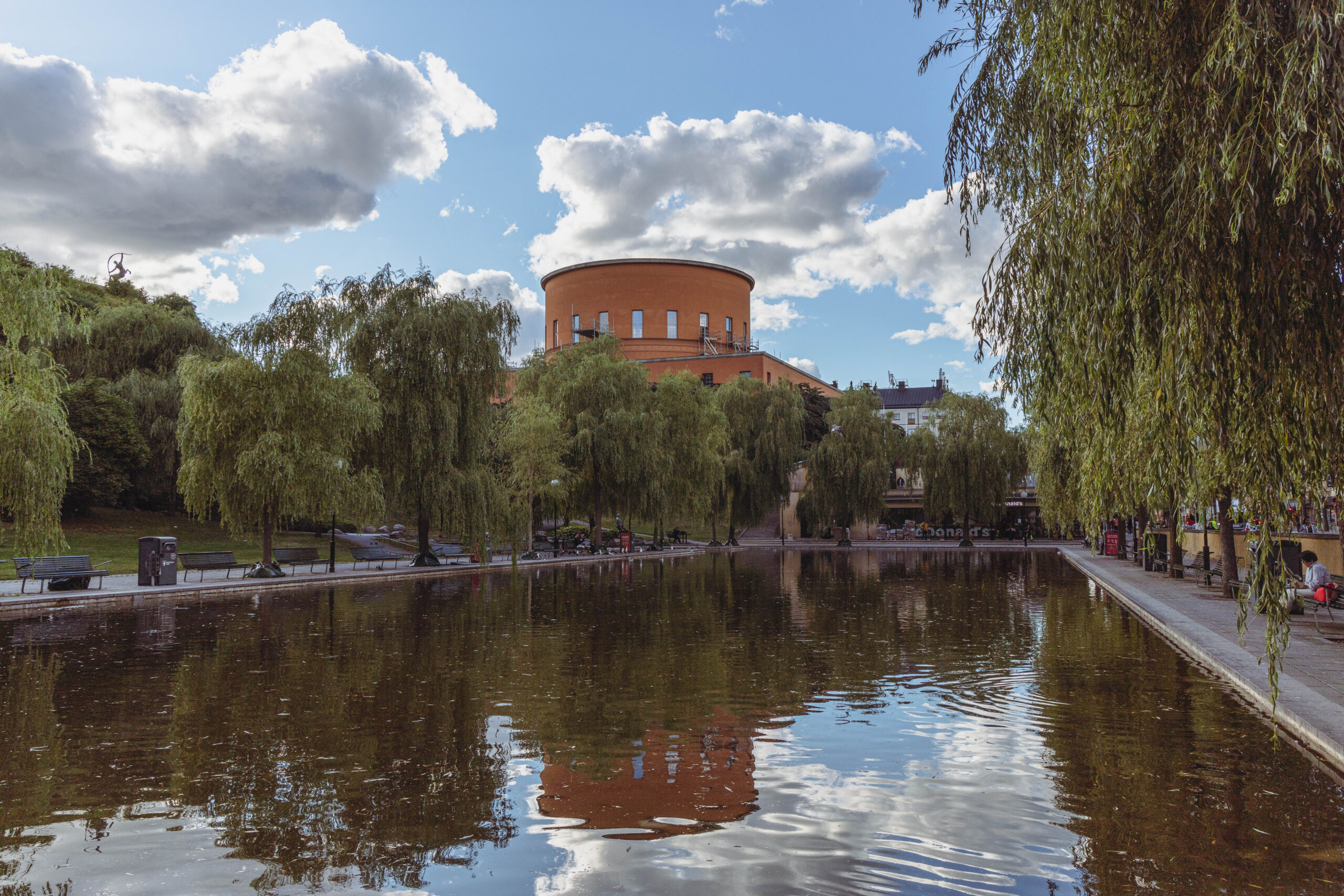
Stockholm is a city of distinct neighborhoods, each with its own atmosphere. Here are some of the main areas to know:
- Gamla Stan (Old Town): The medieval heart of Stockholm, located on a small island. It’s full of narrow cobbled streets and colorful 17th-century buildings . It’s also home to major historic sites like the Royal Palace and Stockholm Cathedral . Gamla Stan is touristy but a must-see for its fairy-tale charm – exploring it feels like walking through history.
- Norrmalm (City Center): The modern downtown area and commercial hub. Norrmalm includes T-Centralen (the central station) and the main shopping street Drottninggatan. You’ll find department stores, malls, and many hotels here. It’s convenient for visitors to stay in Norrmalm because of its central location and easy access to transit. The area also has cultural sites like the National Museum and the Royal Opera House.
- Östermalm: An upscale district known for elegant architecture, high-end shopping, and classy restaurants. Stroll down Strandvägen, a boulevard along the harbor lined with grand buildings and bobbing boats. Östermalm is also home to the Östermalms Saluhall, a famous food hall where you can sample Swedish specialties in a historic market setting. This district offers a glimpse of luxury Stockholm, with boutique shops and leafy residential streets.
- Södermalm: A large island just south of Gamla Stan (often just called “Söder”). This is Stockholm’s hip and bohemian neighborhood, known for trendy cafes, vintage shops, art galleries, and a laid-back vibe. Södermalm has great viewpoints – head to Monteliusvägen or Fjällgatan for panoramic views of the city. At night, Södermalm is lively with bars and music clubs, especially around Medborgarplatsen and the SoFo area (“South of Folkungagatan”), which is famous for its creative scene.
- Djurgården: A green island dedicated to fun, culture, and nature. Djurgården is part parkland and part museum district, popular with both locals and tourists. Here you’ll find some of Stockholm’s top attractions like the Vasa Museum, Skansen open-air museum, ABBA The Museum, and the Nordic Museum . It’s a fantastic place to spend a day – you can rent a bike or simply stroll along the leafy paths. There’s also an amusement park, Gröna Lund, which operates in summer. Reach Djurgården by ferry or tram and enjoy a peaceful escape from the city buzz.
- Kungsholmen: An island west of the city center, known for the Stockholm City Hall (with its iconic tower topped by three golden crowns). You can tour City Hall’s impressive halls with a guide or simply enjoy its courtyard by the water. Kungsholmen is quieter and mainly residential, with nice waterfront walks along Norr Mälarstrand. It’s a great area to see everyday local life. If you have time, relaxing at the grassy Rålambshov Park or having a picnic by the lake shore here is a lovely way to spend an afternoon.
(Stockholm has an additional district: Vasastan, but the list above covers the key areas most visitors will explore.)
Top things to do in Stockholm
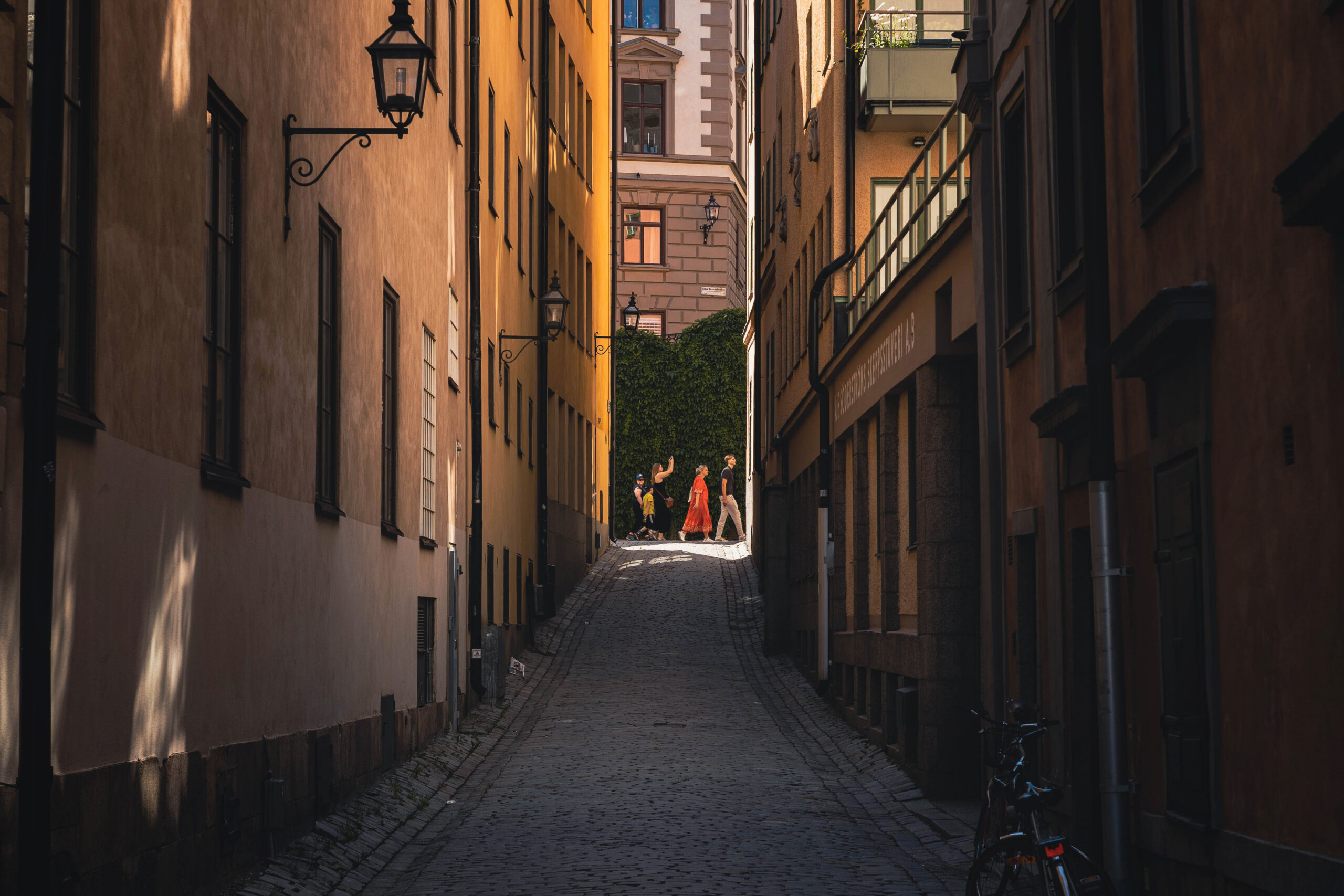
There’s no shortage of things to see and do. Here are some highlights you shouldn’t miss:
- Explore Gamla Stan & the Royal Palace: Wander the narrow streets of Gamla Stan and soak up the atmosphere of one of Europe’s best-preserved medieval centers. Don’t miss Stortorget, the main square with its photogenic colorful houses. The Royal Palace (Kungliga Slottet) in Gamla Stan is one of the largest palaces in Europe, with over 600 rooms. You can tour the Royal Apartments and see the medieval armor and Crown Jewels in the Treasury. Try to catch the Changing of the Guard ceremony in the palace courtyard (usually daily in summer) for a bit of royal tradition.
- Visit the Vasa Museum: The Vasa Museum showcases a massive 17th-century warship, the Vasa, which sank on its maiden voyage in 1628 and was salvaged 333 years later. It’s the only preserved ship of its kind in the world , and it’s incredibly well-restored. Seeing the Vasa up close is awe-inspiring – you can walk around the giant wooden ship and marvel at its detailed carvings. Exhibits (with English descriptions) tell the story of the ship’s tragic voyage and recovery. The Vasa Museum is one of Stockholm’s most popular attractions (expect crowds in peak season, so consider visiting early in the day).
- Stroll through Skansen: Skansen is an open-air museum and zoo that showcases traditional Swedish life. In fact, it’s the world’s first open-air museum, founded in 1891. At Skansen, you can wander through historical Swedish farmsteads and town buildings, where staff in period costume demonstrate old crafts, baking, and folk dancing. There’s also a zoological section with Nordic animals like moose, reindeer, and brown bears. Skansen is on Djurgården island and is especially fun for families or anyone curious about Swedish culture and history. Around Christmas, Skansen’s holiday market is a charming place to visit for seasonal foods and handicrafts.
- Tour Stockholm City Hall: The City Hall (Stadshuset) is not only a beautiful building but also a symbol of the city. You can take a guided tour to see its ornate rooms, including the Blue Hall where the Nobel Prize banquet takes place each December , and the Golden Hall decorated with 18 million gold mosaic tiles. If you’re up for a bit of exercise, climb the City Hall Tower’s stairs (365 steps) for a fantastic view of Stockholm’s skyline. City Hall sits by the water on Kungsholmen – even from outside, its courtyard and the adjacent waterfront are lovely for a stroll or photos with the tower in the background.
- Take a boat trip in the archipelago: Stockholm’s archipelago is a stunning collection of some 30,000 islands and skerries stretching out into the Baltic Sea . A boat tour is a great way to experience this side of Stockholm (often nicknamed the “Venice of the North” for its many waterways). You can take a short ferry to nearby Fjäderholmarna island for a quick getaway, join a guided boat cruise among the islands, or even use the public ferries covered by your transit card to explore certain islands . In summer, consider a swim or a picnic on one of the islands; in winter, some boat tours still operate and you’ll get a peaceful, cozy voyage. Seeing Stockholm from the water gives you a whole new perspective on the city.
Food & drink in Stockholm

Swedes take their coffee break seriously – the custom of fika (a coffee and pastry break) is practically a national institution . It’s more than just a quick caffeine fix; fika is about slowing down and socializing. Join the locals by pausing in a cozy café for a cup of coffee (or tea) and a sweet treat like a cinnamon bun (kanelbulle). You’ll find bakeries and coffee shops on almost every corner, and many offices even schedule fika times for employees. Don’t hesitate to take a fika break each day – it’s a delicious way to experience Swedish culture in a relaxed setting.
For meals, be sure to try some Swedish classic dishes. Swedish meatballs with lingonberry jam and mashed potatoes are a must-try (yes, you can get the real deal outside of IKEA!). If you enjoy seafood, sample pickled herring (often served as an appetizer in various marinades) or gravlax (cured salmon) – these are staples of Swedish cuisine. A popular local favorite is the räkmacka, an open-faced shrimp sandwich piled high with shrimp, egg, and mayonnaise. Stockholm also has a vibrant international food scene, from traditional Swedish taverns to trendy vegan cafés, so you’ll have plenty of dining options. Remember that tap water is excellent and usually free in restaurants by default. Tipping isn’t mandatory – service charges are often included in the bill, but rounding up the total or leaving around 5–10% for great service is appreciated .
Practical tips for visitors

- Language: The official language is Swedish, but virtually everyone you meet will speak very good English . All signs, menus, and tourist information are available in English. You won’t have a language barrier in Stockholm – even bus drivers and cashiers will switch to English to help you if needed.
- Currency & payment: Sweden uses the Swedish Krona (SEK). Credit and debit cards are accepted almost everywhere – in fact, Stockholm is nearly cash-free . You likely won’t need much (or any) physical cash. Taxis, shops, and even street food vendors usually take cards or mobile payments. If you do need cash, ATMs (called “Bankomat”) are available, but plan to pay by card for most expenses.
- Safety: Stockholm is a very safe city with low crime. Violent crime is rare, and it’s generally fine to walk around even at night in most areas. Still, like any major city, watch out for pickpockets in crowded tourist spots and on public transit. Keep an eye on your belongings, especially in busy areas like train stations or popular attractions. In case of emergency, the number to dial is 112 (the Europe-wide emergency number for police, fire, ambulance).
- Budgeting: Be prepared, Stockholm can be expensive. Eating out, alcohol, and hotels cost more here than in many other cities. To save money, take advantage of free or low-cost activities: for example, explore the free history exhibits at the Medieval Museum, walk around Djurgården park, or visit one of the many beautiful churches which often have free entry. Many museums offer discounted or free admission on certain days of the week – check their websites. Also, look out for weekday lunch specials (dagens rätt) at restaurants; they typically offer a full meal at a reasonable fixed price. If you plan to visit a lot of attractions, consider a Stockholm Pass or city discount card, which can offer entrance to multiple sites for a flat fee.
- Climate & packing: The weather can change quickly, so dress in layers. Even in summer, an evening can get cool, so bring a light jacket or sweater. In winter, proper cold-weather gear is essential – a warm coat, insulated boots, a hat, gloves, and a scarf. Streets and sidewalks can be icy, so shoes with good traction are helpful. An umbrella or a rain jacket is useful in spring and autumn when showers are common. And don’t forget a pair of comfortable walking shoes – you’ll be doing a lot of exploring on foot.
- Etiquette: Swedes are generally polite and value personal space. It’s customary to queue in an orderly line and say “hej” (hi) or “tack” (thanks). When using escalators, stand on the right side and walk on the left. Smoking is not allowed in restaurants, bars, or even at outdoor bus stops (Sweden has strict smoke-free rules). If you’re invited into a Swedish home, it’s polite to take off your shoes at the door. And, of course, do try to embrace the local custom of fika – slowing down for a coffee break is a daily joy in Stockholm’s culture. Greetings are usually formal when meeting someone for the first time, typically a handshake. Hugging can occur but is not common on first meetings. Cheek kisses, on the other hand, are generally not part of Swedish greeting culture at all.
Related topics to explore
- When to visit Stockholm: In-depth seasonal guide on weather, events, and festivals throughout the year.
- Stockholm’s districts: Detailed look at the city’s districts and recommendations on where to stay and explore.
- Getting around Stockholm: Comprehensive transportation tips, covering public transit, ferries, biking, and more.
- Ways to experience Stockholm like a local: A curated list of must-see attractions and activities to experience Stockholm like a local.
- Best café and fika spots in Stockholm: What to eat and drink in Stockholm, from traditional dishes to the city’s café culture.
- Day trips from Stockholm: Ideas for excursions, including the Stockholm archipelago, Drottningholm Palace, Uppsala, and other nearby highlights.

